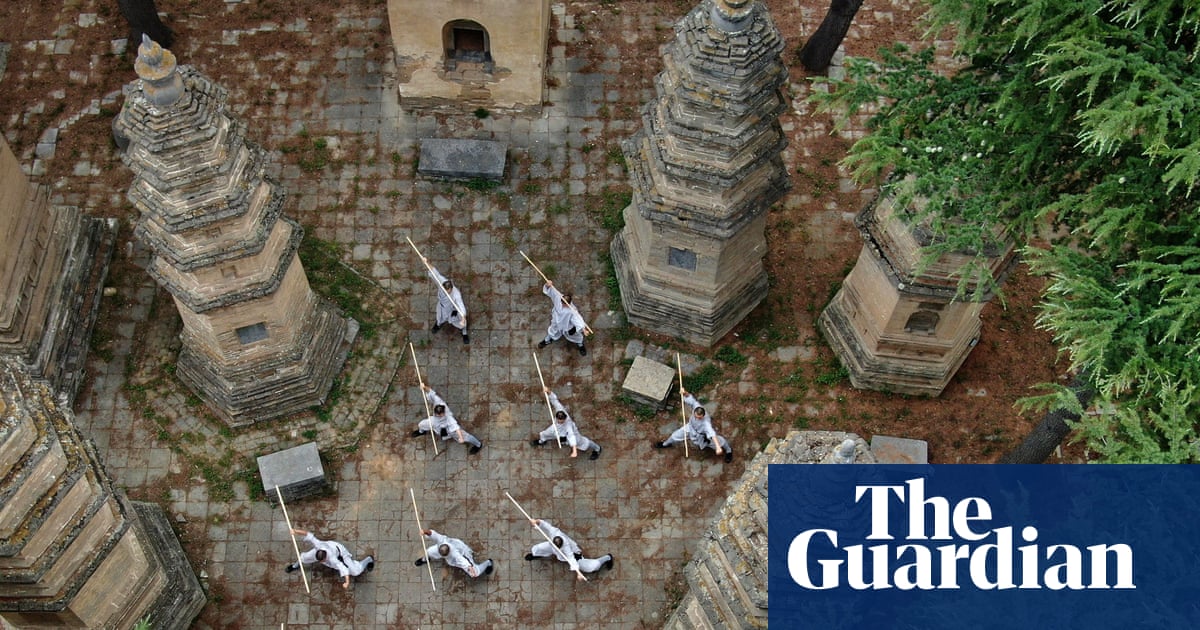Bi Gan’s new movie in Cannes is bold and ambitious, visually amazing, trippy and woozy in its embrace of hallucination and the heightened meaning of the unreal and the dreamlike. His last film Long Day’s Journey Into Night from 2018 was an extraordinary and almost extraterrestrial experience in the cinema which challenged the audience to examine what they thought about time and memory; this doesn’t have quite that power, being effectively a portmanteau movie, some of whose sections are better than others – though it climaxes with some gasp-inducing images and tracking shots and all the constituent parts contribute to the film’s aggregate effect.
Resurrection is, perhaps, a long night’s journey to the enlightenment of daybreak; it finishes at a club called the Sunrise. It is also an episodic journey through Chinese history, finishing at that historic moment which continues to fascinate Chinese film-makers whose movies are a way of collectively processing their feelings about it: New Year’s Eve 1999, the new century in which China was to bullishly embrace the new capitalism while cleaving to the political conformism of the old ways.
We are in a kind of alt-reality universe where humans have discovered they can live indefinitely if they do not dream, an activity which burns up humans like a lit candle. Bi Gan leaves it up to us to ponder what that implies for overpopulation.
But there is one outlier, one dissident, a man who does dream – he is a sacred monster called the Fantasmer (Jackson Yee) and the paradox is that the Fantasmer’s ecstatic perception of illusions and dreams allows him to reincarnate and resurrect in an exotic variety of lowlife existences at different historic times in the last century – and a woman enters his life. Is it the woman perceiving these events, or is the Fantasmer doing it?
At the beginning of the century, and occupying a kind of antique silent-movie world, he is a white-faced figure like the vampire Nosferatu being tended to by a mysterious woman (played by longtime Hou Hsiao-shen performer Shu Qi). During the second world war he is involved in a violent imbroglio in a mirror shop – shades of Welles’s The Lady From Shanghai perhaps – involving a theremin. We flashforward 20 years and our time-travelling itinerant Fantasmer is in a remote and wintry temple where he breaks a Buddha statue and encounters a Spirit of Bitterness.
Some decades later, he is a crooked card-sharp who inveigles a little girl into a scam he’s got going against a local gangster and finally we are at the brink of the new century in which the Fantasmer meets another mobster Mr Luo – his vampiric destiny, and the movie’s own visuals, ascend to a new plane.
It is a deeply mysterious film whose enigma extends to the title – is what is happening “resurrection” in any clear transformative sense? Or is it just a continuous flickering shape-shifting: the Fantasmer just a pulsating star on the far-reaches of the universe, that might in a few hundred thousand years explode or collapse in on itself?
Asking or answering these questions may not be the film’s point and its riddling quality, combined with its spectacular visual effects, may leave some audiences agnostic – and I myself wasn’t sure about the silent-movie type effects. Yet it’s a work of real artistry.

 3 months ago
65
3 months ago
65

















































